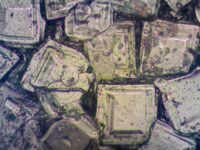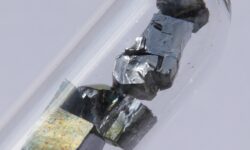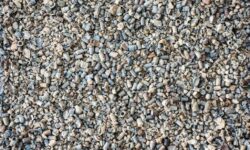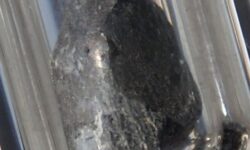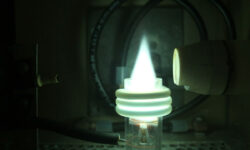Sources of Aluminum
While lead is commonly thought to be wear metal, that is not always the case. One example would be an oil sample from an aluminum block engine compared to a steel block engine. The block itself may be a source of wear metals when the sleeves for the pistons are machined directly into the block, as is the case in steel engine blocks. With aluminum blocks, the aluminum would be too soft to withstand much wear, so steel sleeves/cylinder liners are installed; therefore, the primary source of wear metals in an engine produces similar wear metals, regardless of block material.
In fact, there are very few parts in machines that are wearing and oil-wetted, and would therefore appear on an oil analysis report. Reciprocating pistons, whether from and engine or compressor, are commonly made from aluminum, but the wearing component of pistons are the rings, which usually sheds metals like chromium or molybdenum. Thrust washers and bushing are legitimate sources of aluminum as a wear metal.
Another example of aluminum not being a wear metal is in the differentiation between dust and dirt on an oil analysis report. Dust is in the form of silicon dioxide, and is typically small enough to remain airborne and enter systems through most breathers; dirt, on the other hand, is aluminum silicate and is a relatively larger particle that is less commonly expected to be airborne or able to enter protected systems. Aluminum silicate appears on oil analysis reports as silicon and aluminum is an approximately 3:1 to 4:1 ration (silicon:aluminum), and frequently correlates to an increase in particle count.
Users of activated alumina acid scavenging systems may see aluminum appear as well, typically in conjunction with sodium, especially in the first sample after a new set of cartridges is installed. A correlation with an increase in particle count will likely be observed.
Watch for the next article in the Elemental Spectroscopy blog series: Tin.


